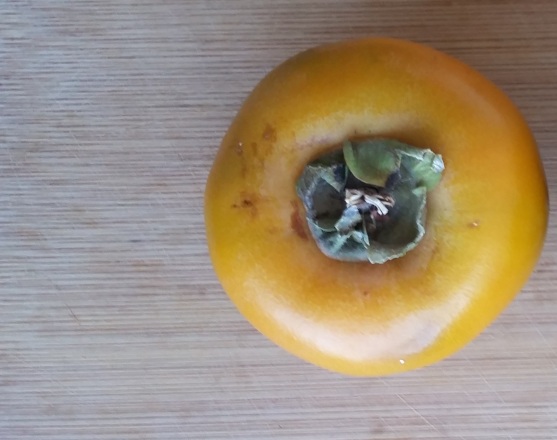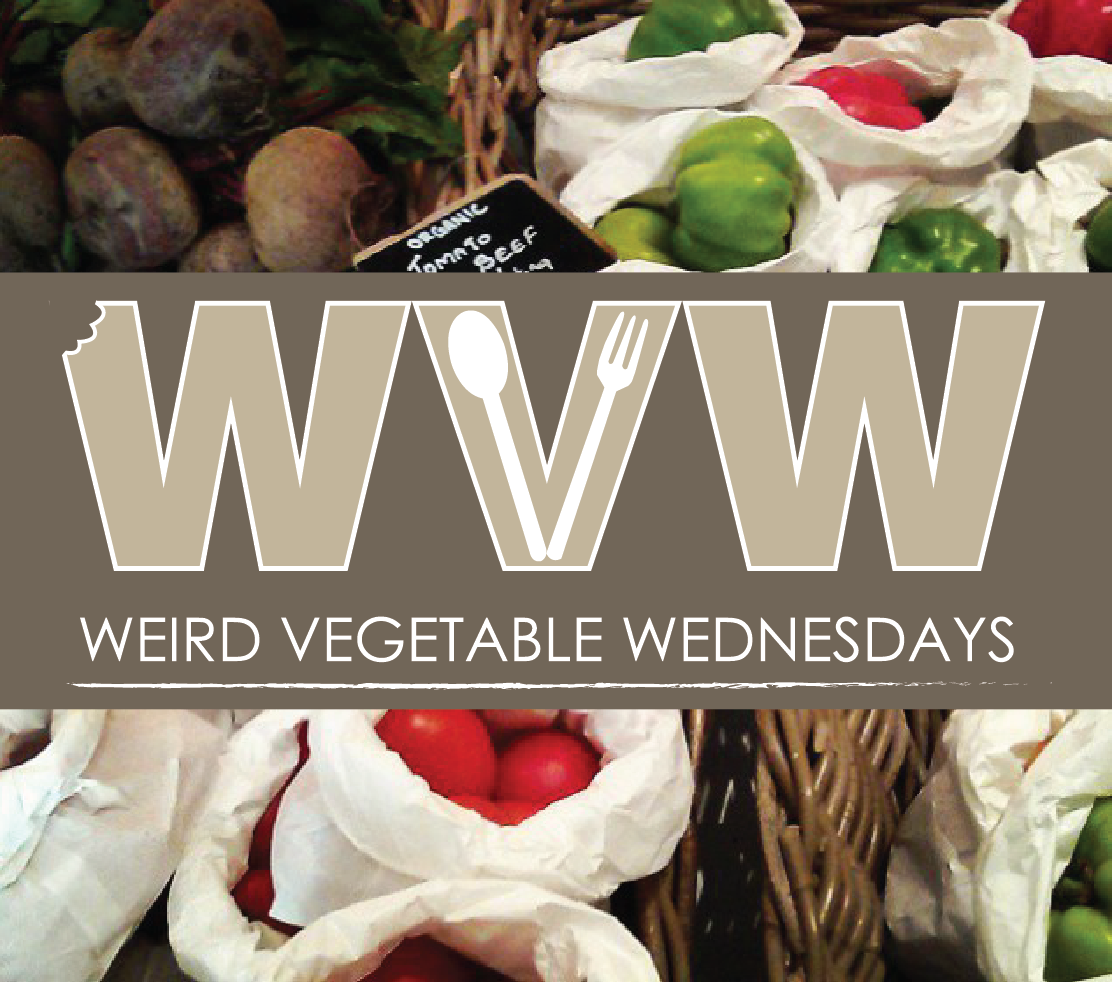
Name: Persimmon (labelled as “parsy mons” by my local supermarket, which, since I didn’t recognize it, made it fiendishly difficult to identify once I’d got it home).
Appearance: Unidentifiable, but decidedly ordinary. The custard apple episode had left me deeply traumatized. I was shattered. I was hollow. I was casting around for answers to the most obscure of life’s existential questions. (“What is a custard apple, if not an instrument of the very Devil that I have always contended does not exist? If custard apples are freely available, what fresh hell awaits me within the fresh produce aisles of Lulu? Why did I have to be born into a dimension where custard apples are a thing?”*) It was time for me to step away from fruit with scales.
The persimmon, with its smooth, pleasingly sunshine-yellow surface, was exactly the kind of non-threatening specimen I needed in my life. When whole, it most closely resembles a slightly unripe tomato. Perfectly manageable.
Where do they eat it? Persimmons are grown across the world, particularly in China, Japan and South-East Asia.
Cost and sourcing: I got my persimmon from Al Safa Supermarket on Electra Street, but I have seen bigger, plumper varieties in Khalidiya Spinneys too. At Al Safa you can expect to pay around 20 dirhams per kilo.
Preparation: Check your variety of persimmon. I elected not to consume the skin, but this precaution was probably overly fastidious: in many cases you can consume a persimmon in much the same way as you would an apple.
So, what does it taste like? Unlike previous testings, I was reassured when I sliced open the persimmon; its firm orange flesh smelled vaguely squash-like and otherwise appeared completely non-threatening. It did not have a distinctive taste, though I did detect a slight, not unpleasant bitterness. Far more problematic was what I suppose a restaurant critic would call “mouthfeel” – the flesh seemed to render my mouth completely dry, like eating chalk.
After my tasting, I learned that there are different species of persimmon, which can be categorized into “astringent” and “non-astringent”. I am not sure which category my persimmon fell into, but I am almost certain it was underripe, which may account for the drying texture and slightly bitter taste.
A side-note: unripened persimmons contain tannins, which can make them coagulate in your stomach into a delightful gluey mass known as a “phytobezoar”. Treatment for this sounds distressing, so I would probably select riper varieties when choosing your fruit.
Verdict: 3/5. I think the persimmon definitely has the capacity to worm its way into my affections – while my testing was slightly underwhelming owing to the texture of the underripe fruit, further reading has attested that I’ve barely scratched the surface of persimmon potential. I’d love to try some of the dried or cooked versions.
